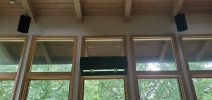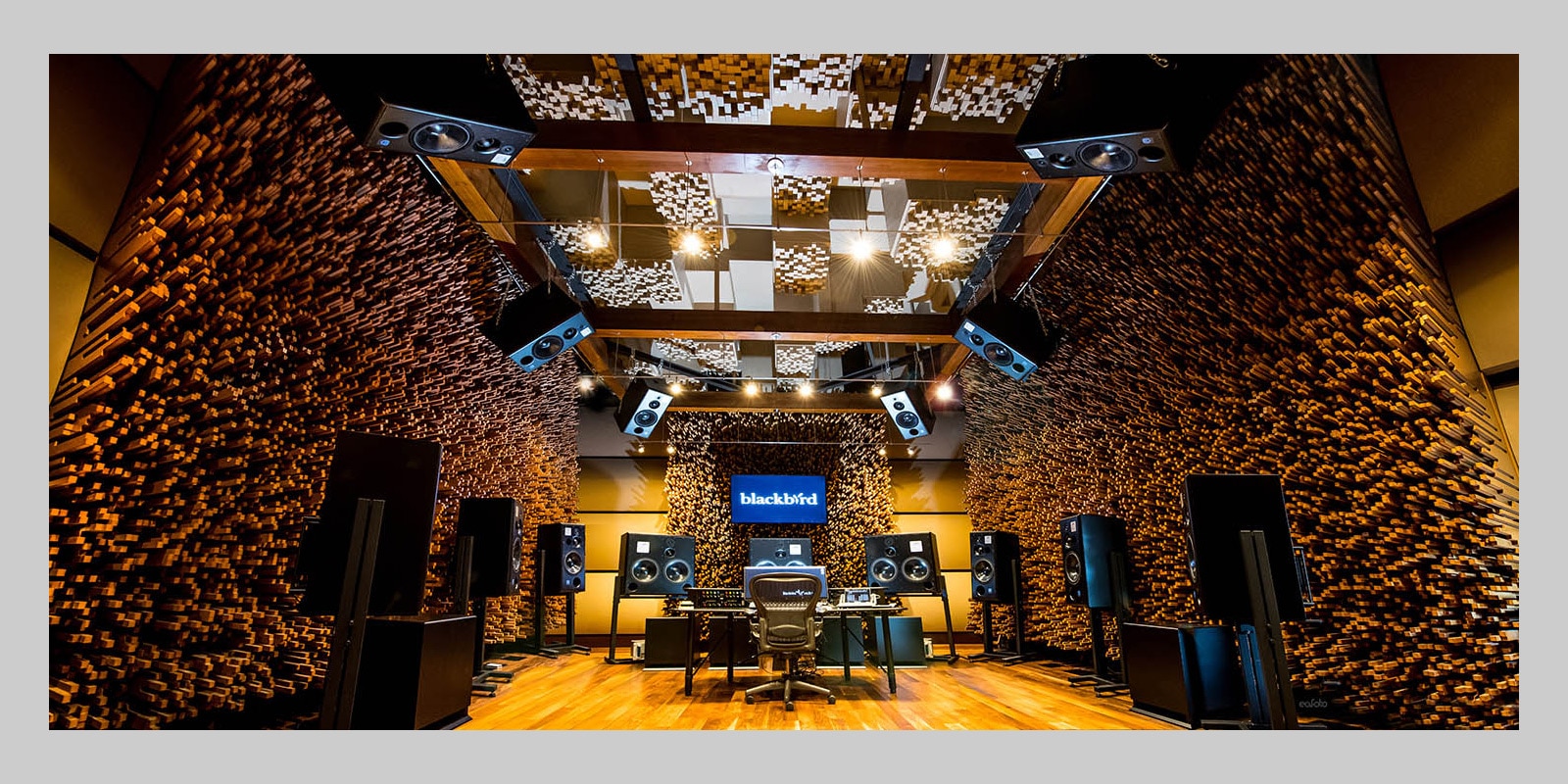The power DI condenses the radiation of the speaker in one curve. If you claim that the difference of the radiation pattern of the 8361 and KH420 is small, than you indirectly claim that almost all speakers with roughly the same size are similar in this regard, since the differences in the power DI are typically smaller than the difference between the 8361 and KH420.
Because the directivity index is a composite curve it tends to hide rather than reveal differences. It's why groups of curves are necessary to compare speakers.
You won't find me claiming anywhere that speakers sound "the same". What I wrote was that speakers of the same type, like monopole direct radiators, will follow the same tendencies, and there is even higher convergence when the speakers in question have no notable flaws, like the KH420 or 8361A. That puts the notion of optimization into question. How much can you affect when your speaker is as good as it is?
Is there really meaningful guidance on room treatment that begins with the assumption that speakers radiation patterns show low single digit differences in output at particular angles? Early reflections are easy to affect by choice of panel, while low level reverberation is hard to control in any meaningful manner in an existing room. I would not call a choice between absorbers or diffusors or some hybrid on room surfaces to be a very nuanced choice, and the assessments by measurement microphone charting RT60 are similarly coarse.
How do you choose a broadband absorber? You get the thickest one you can, and then you hope you can supplement it with a true bass absorber like the Helmholtz kind. For diffusors, you get to pick between many different designs, but they are all so different and the result so hard to measure (directional information about reflected sound) that the guiding principles are general rather than specific.
You know Blackbird Studio C in Nashville, designed by D’Antonio?
What does this room have to do with the speakers in it? I'd argue little. It was built with multichannel in mind and assumed a broad range of differences in speaker radiation patterns. How can this room be optimized for those ATCs? I'd argue that it can't be. D'Antonio's public materials on the design say nothing about choice of speaker. The room itself took priority.
I think it's a mistake to call random experimenting with placements and panels at home or in the studio until you get the right sound "optimization". I'm sure a person could arrive at something better than a
purely general approach by tweaking, knowledge of room acoustics and intuition, but it will be time poorly spent and a lot of guesswork. The word "optimization" only applies if you have a target and a method. I'd argue we have only a loose sense of the first and the second
as far as room treatment is concerned. The basic approach is still to avoid problems like SBIR. Maximizing envelopment is first to do with where you listen and where you place the speakers, then choice of speakers, and then understanding that certain panel choices and positions are better than others. That's hardly optimization. In a loose sense, yes. In a strict sense, no.
The reason why is because we have no meaningful subjective perceptual targets.





